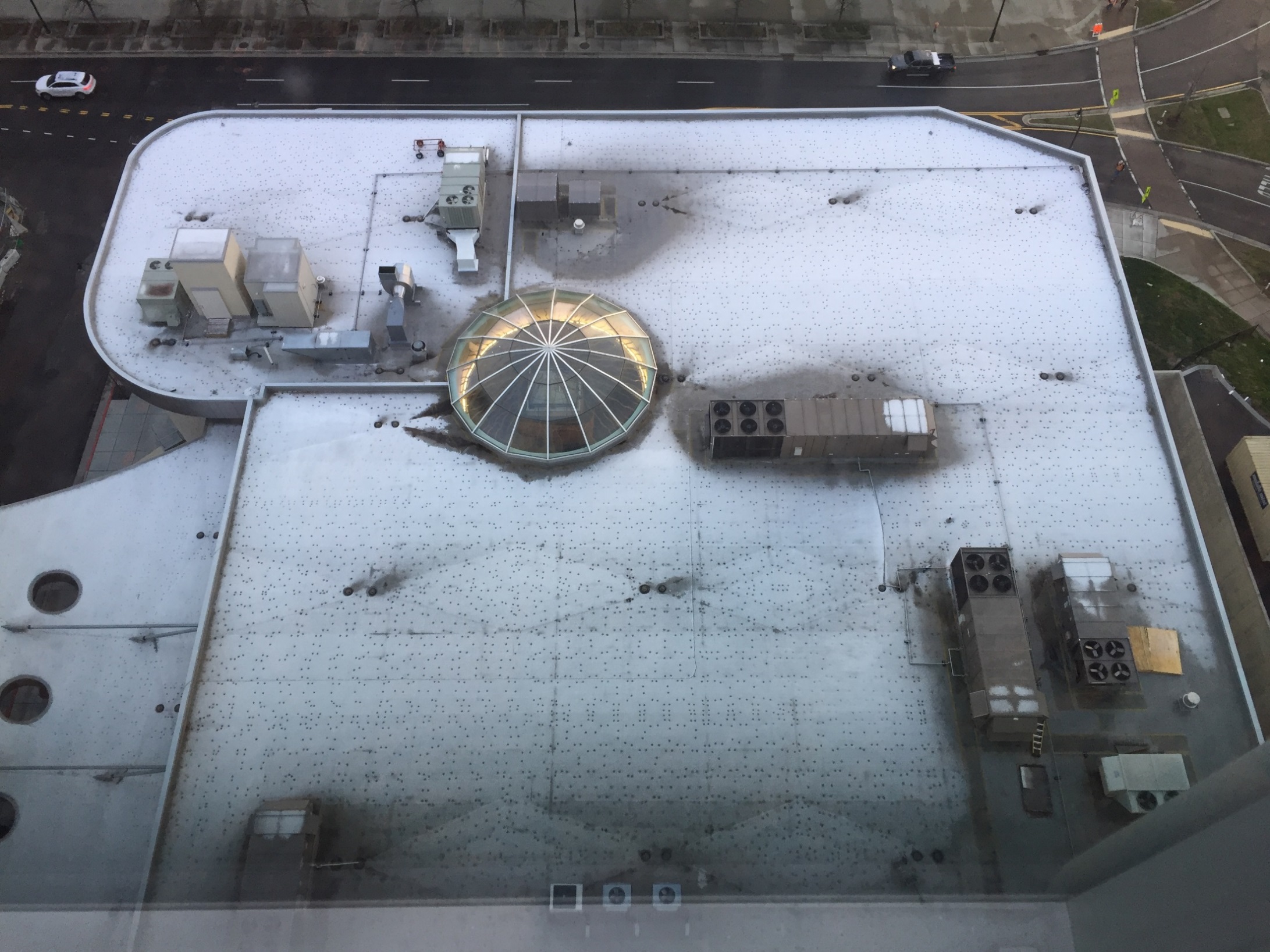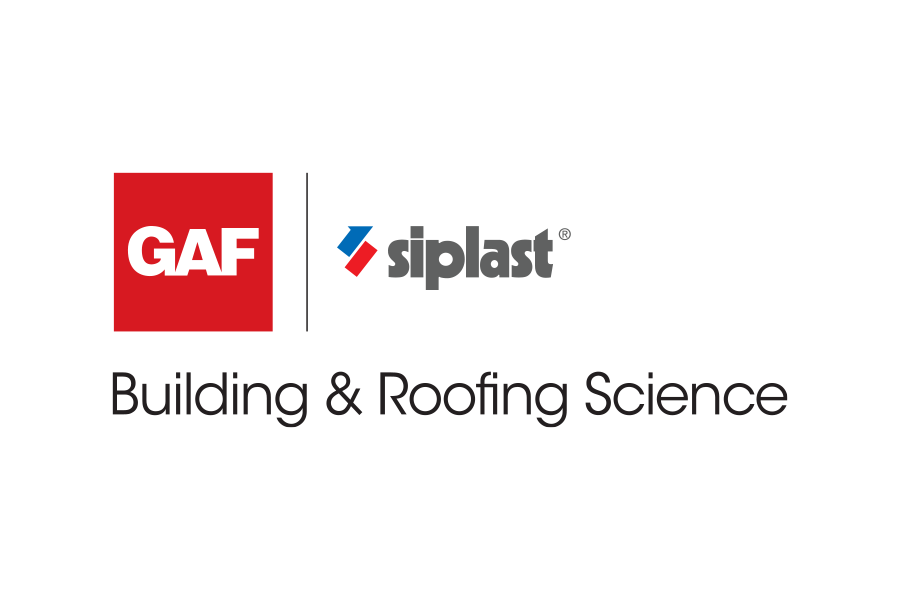Building Science for Architects
What They Don't Teach In School
Sponsored by GAF | Siplast | Presented by Elizabeth Grant and Andrea Wagner Watts
Webinar On-Demand
The science of buildings and how they perform is not often a focus during school, but can become a specialty in practice. Topics such as vapor movement, a robust thermal envelope and condensation prevention are ones that cause issues in many buildings. This presentation is designed to help you learn what you don’t know, to help you ask the right questions and help you hold your specifications when “value engineering” comes after a robust design.

Photo courtesy of GAF
 |
Elizabeth Grant is Building & Roofing Science Research Lead at GAF | Siplast. In this role, she supports the company’s efforts within the commercial roofing community through engagement with architects and specifiers, providing significant technical advice and guidance in their design and specification processes. Before joining GAF | Siplast, she was an associate professor at Virginia Tech’s School of Architecture + Design, publishing papers, conducting studies, and offering courses in architectural design, environmental design research, and environmental building systems. Her architectural experience includes designing healthcare, civic, and educational buildings, and her work focuses on the building enclosure and finding sustainable solutions to pressing architectural and environmental problems. |
 |
Andrea Wagner Watts is the Building Science Education Manager for GAF | Siplast, engaging with industry professionals to provide guidance, technical support and education for roof and wall assemblies. With more than 15 years of experience in the industry, Andrea strives to improve the overall performance of the building enclosures through application innovation, product development and building science research. Andrea has published on building science, assembly interfaces, durability and resilience and holds multiple patents. She serves as an executive board member of ABAA, is the co-chair of their Technical Committee and chairs the ASTM E06 Task Group on air barriers assemblies. |
The Building and Roofing Science team offers regional expert building enclosure collaboration through design, specification, and educational support for customers of GAF and Siplast, both Standard Industries companies. GAF is North America’s largest roofing manufacturer with more homes and businesses in the U.S. protected by a GAF roof than any other product. Siplast, a leader in building enclosure systems, offers a portfolio of advanced, high-performance SBS-modified bitumen, PMMA liquid-applied, PVC KEE, lightweight insulating concrete, wall air & water barrier systems, and amenity/vegetated systems.
Originally published in Building Enclosure
Originally published in July 2024
LEARNING OBJECTIVES
- Define thermal bridging and understand ways to minimize the impact through roof system design.
- Analyze the risk of condensation based on vapor movement in a building enclosure assembly.
- Identify key aspects of building science and building enclosure design needed for resilient buildings.
- Develop strategies to prevent changes in the specification that can cause lower building performance.










